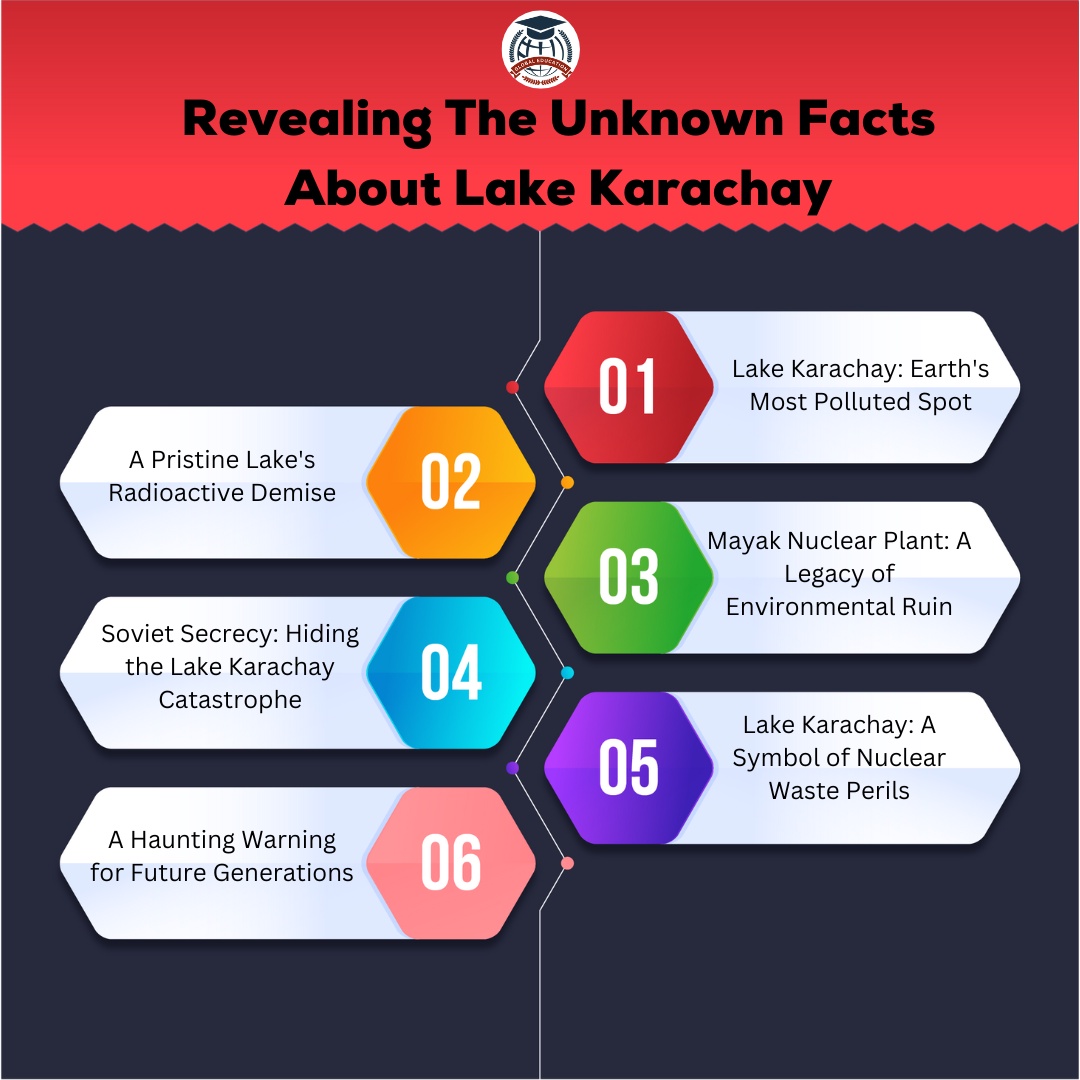Lake Karachay, located in the southern Ural mountains of Russia, is often cited as one of the most polluted spots on Earth. This lake has a history intertwined with the Soviet Union's nuclear weapons program and its environmental legacy is a cautionary tale about the long-term consequences of radioactive contamination. In this comprehensive article, we will uncover the unknown facts about Lake Karachay, exploring its history, environmental impact, and the ongoing efforts to mitigate its dangers.
The Origins of Lake Karachay’s Pollution
-
Soviet Nuclear Program: The lake’s contamination began in the 1950s due to the Mayak Production Association, one of the largest and most secretive nuclear facilities in the Soviet Union. It was used for plutonium production and reprocessing.
-
Accidental Releases: Over the years, Mayak experienced significant accidents, including the 1957 Kyshtym disaster, which was one of the worst nuclear accidents in history, releasing massive amounts of radioactive waste into the environment.
-
Disposal Practices: For decades, Lake Karachay served as a convenient dumping ground for Mayak’s radioactive waste. This practice led to extremely high levels of contamination in the lake.
Environmental and Health Impact
-
Radioactivity Levels: The lake's sediment is highly radioactive. Standing near the lake for even an hour could deliver a lethal dose of radiation.
-
Ecological Damage: The contamination has severely impacted the local ecosystem, leading to the death of numerous species of plants and animals.
-
Human Health Effects: The communities around Lake Karachay have suffered from increased rates of cancer, birth defects, and other radiation-induced illnesses.
Measures to Contain the Pollution
-
Containment Efforts: The Russian government and international organizations have undertaken efforts to contain the radiation, including covering the lake with concrete.
-
Monitoring and Research: Continuous monitoring of the area is conducted to understand the long-term effects of such high-level radioactive contamination.
-
Awareness and Education: Increasing awareness of the dangers of nuclear pollution is a key part of preventing future environmental disasters like Lake Karachay.
Lessons Learned and Future Outlook
-
Nuclear Safety and Policy: Lake Karachay serves as a stark reminder of the importance of stringent safety measures in nuclear facilities.
-
Global Environmental Impact: The case of Lake Karachay highlights the need for international cooperation in addressing nuclear safety and environmental protection.
-
Ongoing Challenges: Despite containment efforts, the long-term ecological and health impacts of the lake's contamination will be felt for generations.
Conclusion
Lake Karachay's story is a sobering example of the long-term consequences of nuclear pollution. Its legacy teaches us the importance of responsible nuclear waste management and the need for vigilant environmental stewardship.


No comments yet